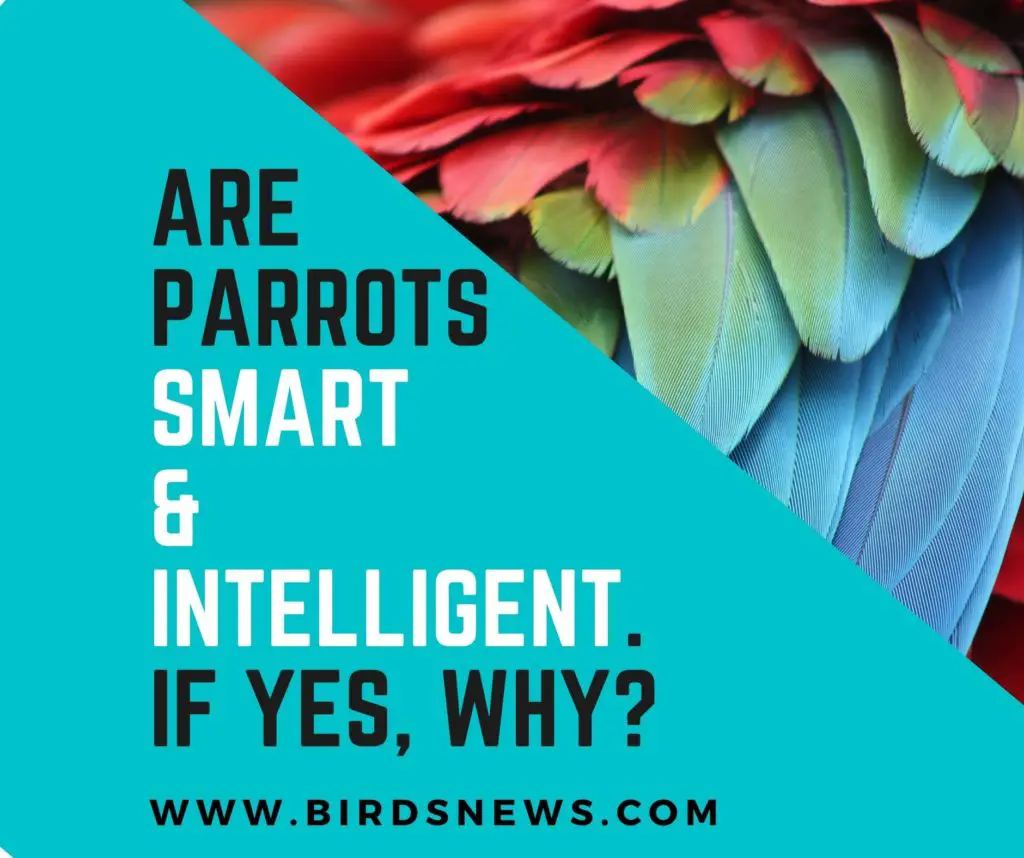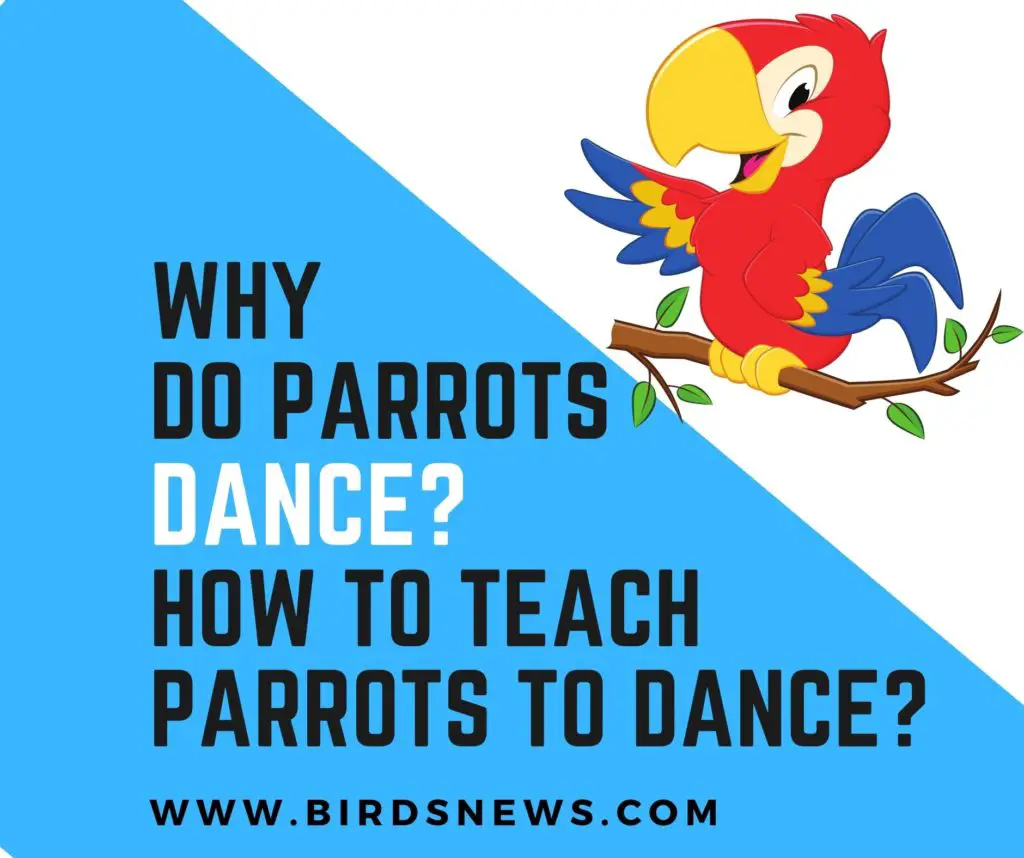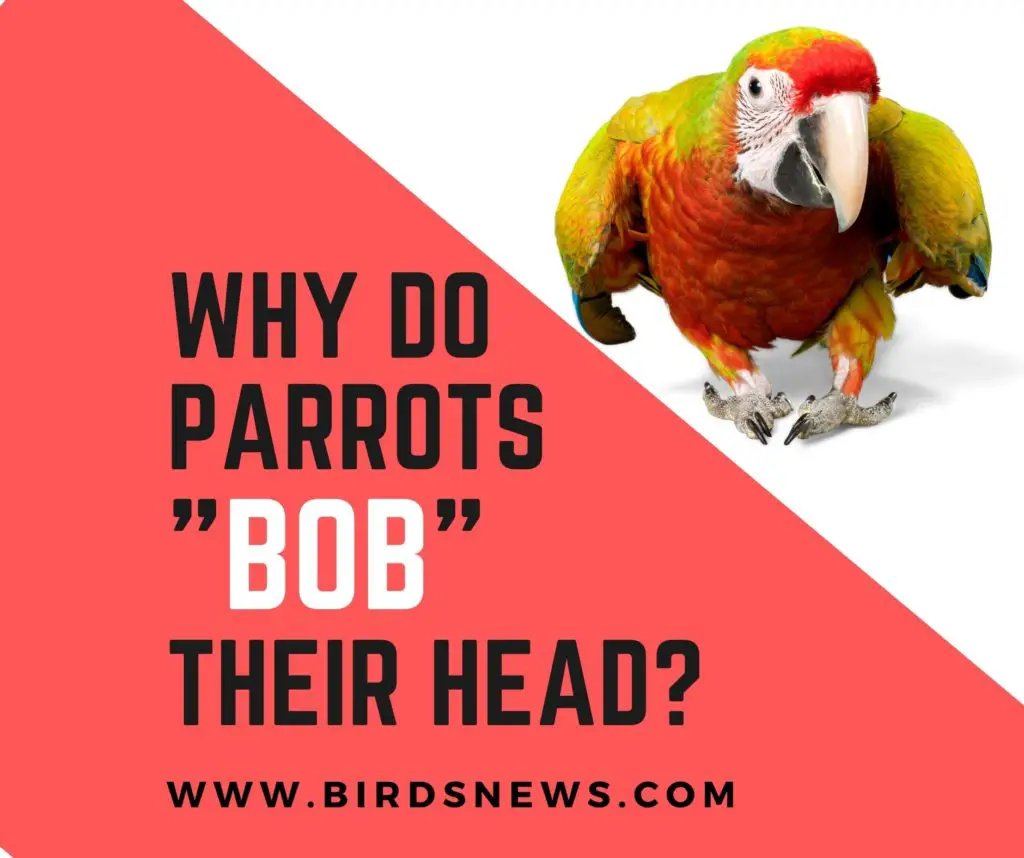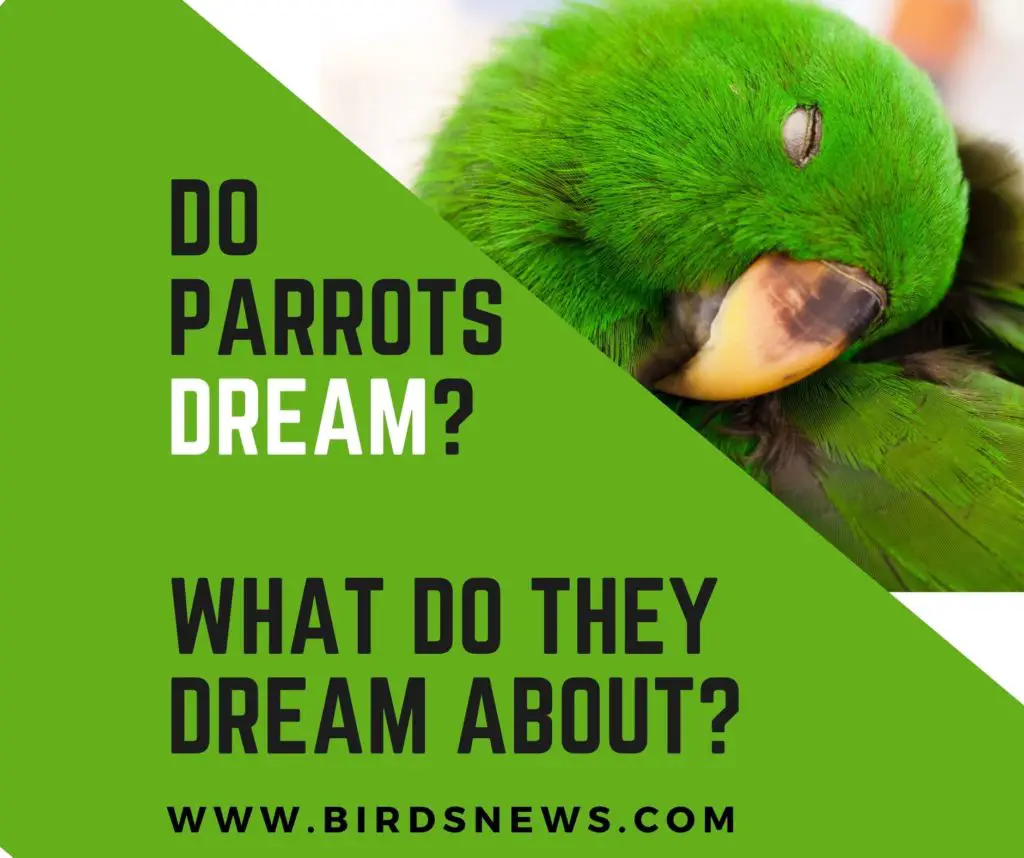African Grey parrots are quite popular in captivity. People usually want one because of their notorious talking abilities. But with this keen intelligence comes a deep sensitivity.
African grey parrots are native to several African countries. There are two common species of African grey parrots.
These are the Congo African Grey (the nominate species) and the Timneh Grey (the subspecies).
Here are some facts about Congo Greys:
- This bird has a soft gray body, a bright red tail, and a black beak.
- They weigh approximately 400 to 650 grams.
- As young chicks, their eyes are all black. As they mature, the outer part of the eye lightens and turns yellow, while the iris stays black.
- They are considered the more “intelligent” and sensitive of the two.
- The Timneh Grey is the subspecies.
- These birds have darker gray bodies, maroon-colored tails, and a bone-colored upper mandible (upper beak).
- They are smaller than the Congo, weighing in around 275-400 grams.
- As young chicks, their eyes are all black. As they mature, the outer part of the eye lightens and turns yellow, while the iris stays black.
- They are considered to be more active, relaxed, and charismatic than the Congo Grey.
- These birds are not as popular in the pet trade as the Congo Greys are.
You may have heard people refer to a “Cameroon” or a “Ghana” Grey; these are not different species. The names refer to the country where the birds are believed to have come. This is not always accurate, though, since the laws regarding importation caused many sellers of Greys in Africa to lie about the country of origin.
Finding Your Bird
I would strongly urge you to adopt a bird from a rescue organization. There are many happy and healthy birds living in rescue situations who need loving homes—research more about where to find a bird.
If you’ve done your homework and decided that you can properly care for a Grey, your next step is to choose a source from which to get a bird.
Don’t dismiss adopting an older bird. Older birds can make wonderful companions! Greys have the potential to live 50-60 years with a proper diet. Therefore, a 10-year-old bird is still very young.
Weaning
If you’ve chosen to adopt a young bird, make sure she is weaned first (able to eat on her own). A Grey will take anywhere between 12 to 16 weeks to wean. Don’t ever attempt to wean a bird by yourself! Hand feeding can be very dangerous.
It is too easy to cause crop burn, sour crop, a bacterial infection, or some other life-threatening problem.
Hand feeding should be left to the professionals. When you take your Grey home, she should be fed whatever food she was receiving before. This is a very stressful time for your new bird, and she should be given what she is comfortable with.
Fledging
Your Grey baby should also be allowed to fledge (fly). In learning to fly, your Grey will develop confidence, muscle tone, and balance. I strongly believe in allowing birds in our care to fly, so you should “bird proof” your home or bird room to ensure her safety.
First Vet Visit
Within a few days, get your new bird to an avian veterinarian for a new bird checkup. Your vet can advise you on diet issues, as well as the quarantine period if you have other birds.
Your vet will look over your bird for any signs of illness, weigh your bird, and will probably take some swabs of her mouth and her vent for testing.
If you request it your vet may also do additional blood work to test for diseases like Psittacosis or for other things like her blood calcium level.
Caging
The cage you get for your Grey should be as large as you can afford. Whenever someone asks me what size cage their Grey needs, I tell them to look for one at least as big as the rainforest in Africa! Well, ok, most of us don’t have those resources.
Greys need to be in cages at least 27 inches wide by 2 feet in diameter by 5 feet 2 inches high. Bar spacing should be less than an inch and a half for Congos and one inch or smaller for Timnehs.
Be sure the cage is safe. This involves making sure there are no unsafe metals, sharp edges, chipping paint, etc., along with making sure the cage is secure (i.e. safe locks). Powder-coated or stainless steel cages are best.
The cage should be furnished with a few safe toys, which need to be rotated weekly for variety.
Your Grey will also need a variety of perches throughout your house. Playgyms and other stands will be needed.
Diet
Your Grey will need a very healthy diet in order to develop properly and avoid diseases.
The debate on avian nutrition could go on for ages, so your first stop for nutrition information should be your avian vet.
Here are Some basic guidelines
African Grey should eat periodic and healthy foods, like grains, vegetables, a protein diet, etc.
You should provide fresh and cooked vegetables high in Vitamin A since parrots can easily become Vitamin A deficient.
Feed your greys with leafy greens veggies like broccoli, Collard greens, kale, dandelion greens, mustard greens, etc.
These green leafy vegetables are high in both Vitamin A and calcium.
Greys have a hard time metabolizing calcium, so be attentive to the quantities of calcium and phosphorus.
More information on avian nutrition can be found by reading articles by avian nutritionist Dr. Alicia McWatters.
Socialization
Parrots are not domesticated, like dogs and cats. Your Grey needs to be taught how to live with people.
When you take her home, you should continue working to keep her socialized. Baby birds are very easy to work with; they love everyone!
It would help if you introduced the bird to every family member, along with trusted friends and extended family.
It would help if you had a secure carrier for visits. It’s good for your Grey to go places with you.
Take her on short car trips, visits to friends and relatives, etc. This is socialization; the process of teaching your Grey that change is ok and that other people are ok.
Greys and Their Flock
Parrots are flock animals. Greys, especially, depend on the flock for food, safety, comfort, friendship, etc. You have just become your Grey’s flock. Greys are also prey animals.
We, humans, are predators, so it’s difficult for us to understand the behavior of a wild prey animal.
The flock provides safety and security. A bird in the wild who separates from the community is in grave danger.
The bird will call for his flock until they return. This is a contact call, and your bird will call you this way.
Answer the calls in some way, either with a whistle, a word, or something to put your bird at ease that you are alright and the flock is alright. If your bird feels insecure, contact calls can progress to screaming.
Your Grey’s instinctual need to be with you all the time can be a problem for those of us who work full time or need to leave home for an extended period of time, like for a vacation. Your Grey will feel abandoned if left for too long of a time.
A bird who has been taught to play independently will usually be ok during work hours. Your bird will want to share in your activities, such as eating. Be sure whatever you will share with your Grey is healthy!
Grey Intelligence & Talking
An article about Greys would not be complete without a mention of the work of Dr. Irene Pepperburg.
Her studies with African Greys have shown the world that Greys can use speech cognitively; that is, they can use speech appropriately.
This is just one sign of their intelligence. Do not get an African Grey if you are only interested in having a bird that talks.
Not all Greys will talk. They are very intelligent birds, but they may use their intelligence for things other than talking.
My Grey only says a few words, but she mimics just about every sound she hears! You must be aware of their intelligence in order to provide a stimulating environment for your Grey.
Feather Health
African Greys are a powder-down species. They produce small down feathers that release powder when preened.
If you have allergies or asthma, be aware that you will probably have problems due to the powder your bird will release.
Your bird may also need relief from her own powder. An air filter near the cage will help. Baths and showers are essential.
Your Grey should have at least one drenching shower a week, with water reaching down to the skin, in order to wash away the powder buildup.
A humidifier near the cage may also help with feather problems.
Feather Picking
Many experts believe that African Greys are prone to feather-destructive behaviors.
Feather picking can be caused by a variety of problems, such as poor diet, disease, insufficient humidity causing itchy skin, and other behavioral problems.
If your bird begins to chew or pull out her feathers, your first stop should be an avian veterinarian. If your bird is deemed healthy, your next stop may need to be an avian behavioral consultant.
Your bird may pluck because she has been upset by something. Be aware of this and try to work with your bird to calm whatever fears she is having before plucking becomes a habit.
Parrots, especially Greys, are sensitive to our emotions, and if you are stressed or upset by something like feather picking, your bird will probably pick up on it and react by getting upset herself. This may result in continued feather picking.
Sensitivity of the Grey
Greys are very sensitive creatures and you must always be aware of this. It would help if you never did anything to break the bond of trust between you and your Grey. Do not force her to do something she is obviously scared of.
Pay attention to her body language to distinguish between her moods. Please don’t allow anyone to handle her in a rough or teasing manner. Nurture her sense of exploration, and encourage her playfulness.
Take her on trips and visits with other people. Take every precaution to protect your bird. She has the potential to spend 50 or 60 years with you.
Please do everything you can to make her life happy and healthy. We owe our birds that much. They are magnificent creatures who are indeed wild.
Grey Activism
As a bird caretaker, I encourage you to become active in organizations that improve bird conditions. Conservation groups also need our help.
African Grey parrots are one of the wild’s most illegally and legally poached birds! They are captured inhumanely and transported to other countries where they are sold as pets.
Many birds do not survive this process. Please support avian rescue and conservation organizations and do everything possible to protect parrots in the wild and your community.

Hi, There and Welcome to BirdsNews.com, is here to help you learn and care about pet birds. and this blog is a journal of everything I’ve learned.








